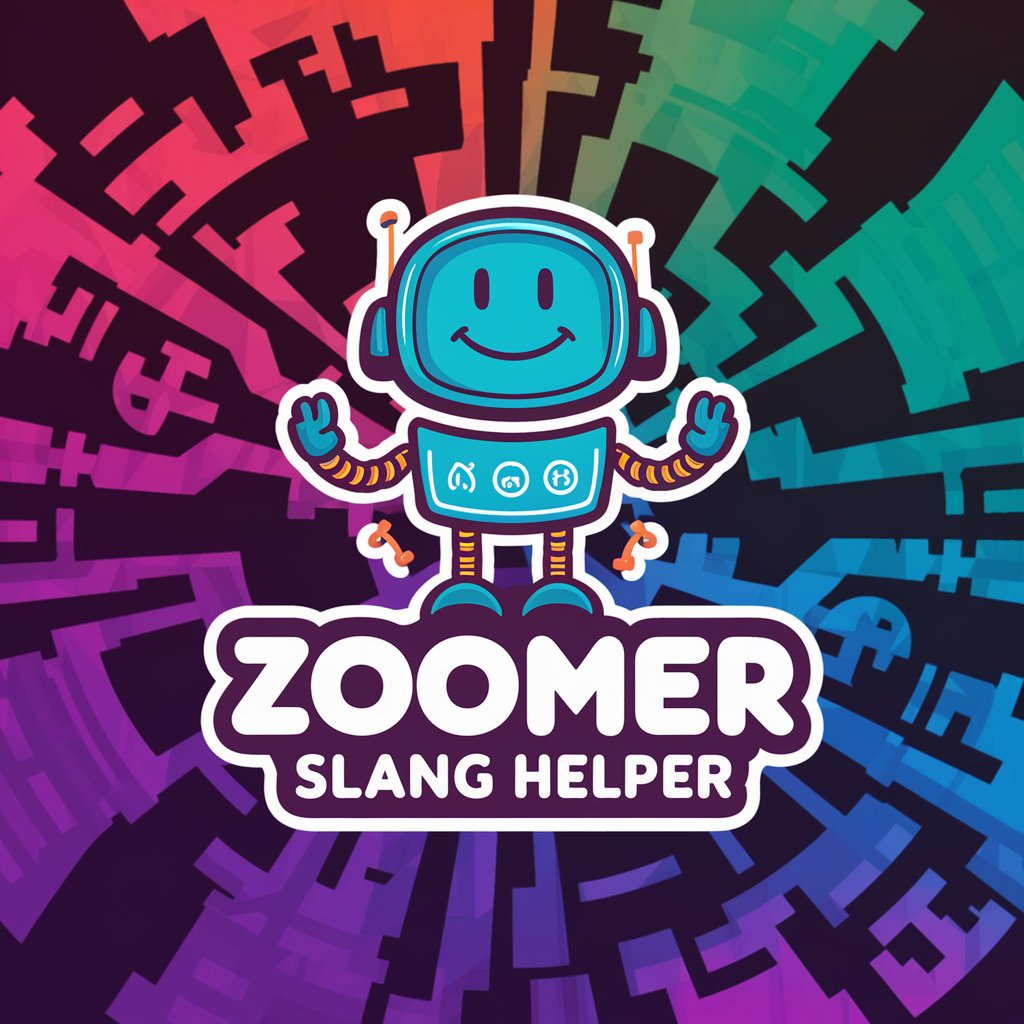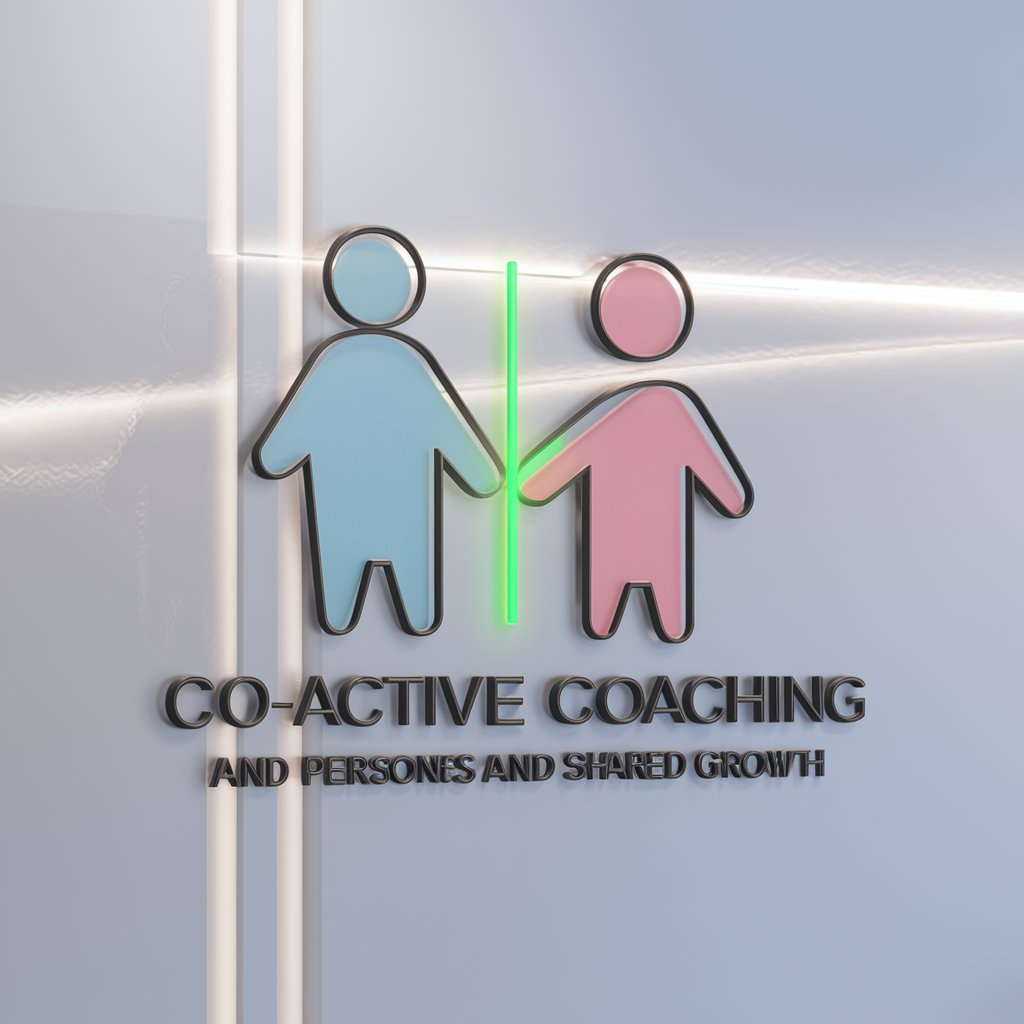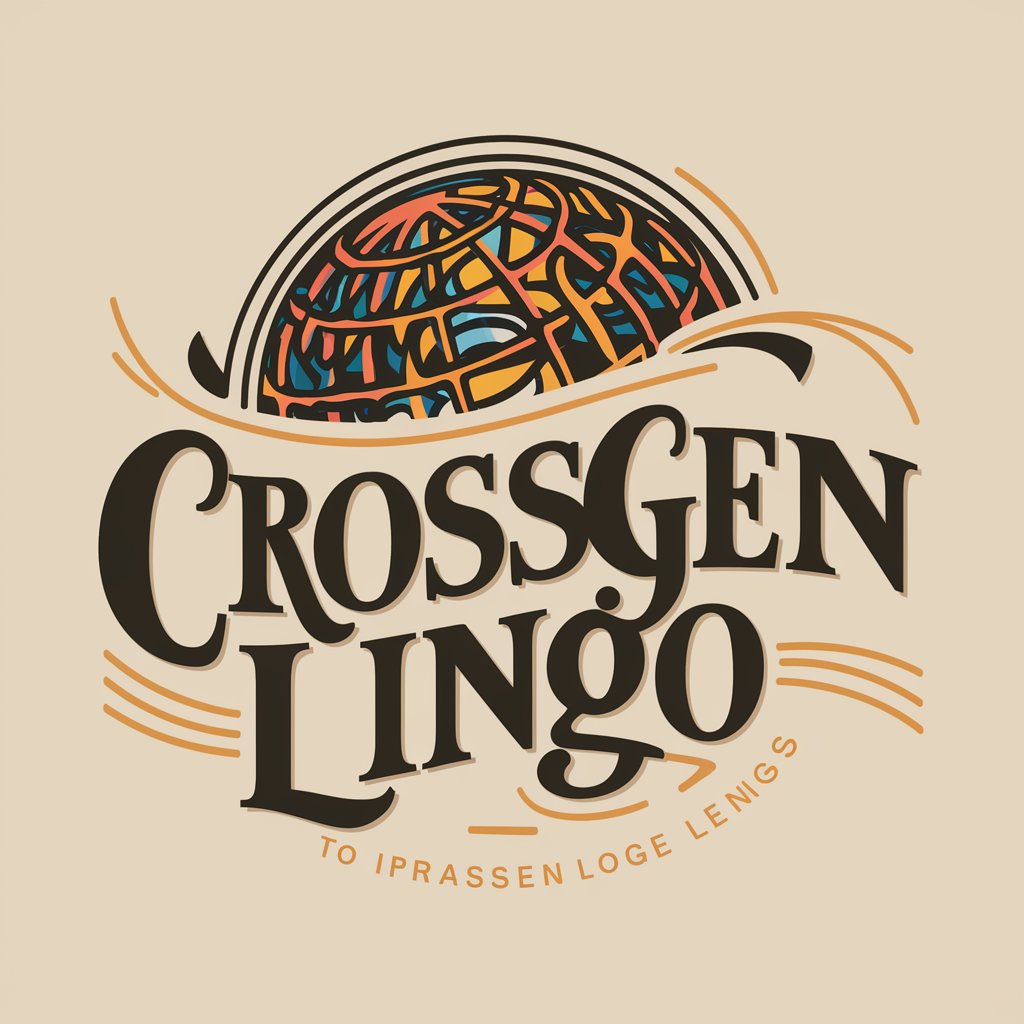3 GPTs for Intergenerational Communication Powered by AI for Free of 2026
AI GPTs for Intergenerational Communication refer to advanced tools designed to bridge the communication gap between different generations. These tools leverage Generative Pre-trained Transformers (GPTs) to facilitate conversations, learning, and understanding across ages by tailoring content and interactions to the specific needs and contexts of each generation. They are pivotal in contexts ranging from family discussions to professional settings where knowledge transfer and cultural exchange are crucial.
Top 3 GPTs for Intergenerational Communication are: Zoomer Slang Helper,Gen Z Coach for Boomers,CrossGen Lingo
Distinctive Attributes and Functions
These AI tools boast remarkable adaptability, capable of scaling from basic dialogue facilitation to complex intergenerational learning sessions. Key features include natural language understanding and generation for clear communication, customization for specific family or organizational needs, and multimedia content creation to engage users of all ages. Specialized capabilities like language translation, technical support, and interactive learning modules further distinguish them in the realm of Intergenerational Communication.
Who Benefits from Intergenerational GPTs
The primary beneficiaries include families looking to strengthen bonds across generations, educators aiming to facilitate intergenerational learning, and organizations seeking to enhance knowledge transfer between senior and junior employees. These tools are designed for ease of use, requiring no coding skills for basic operations, yet offer advanced customization options for tech-savvy users or developers interested in tailoring the AI's functionality.
Try Our other AI GPTs tools for Free
Study Management
Discover how AI GPTs for Study Management revolutionize learning, offering personalized, efficient, and accessible educational tools for students and educators alike.
Course Tracking
Discover how AI GPTs for Course Tracking revolutionize education with adaptive learning, real-time analytics, and personalized educational experiences.
Assignment Planning
Discover how AI GPTs revolutionize Assignment Planning with tailored, efficient solutions for students, educators, and professionals.
Deadline Reminders
Discover how AI GPTs for Deadline Reminders can transform your time management with advanced, personalized reminder systems designed to keep you on track and stress-free.
Professional Use
Discover how AI GPTs for Professional Use revolutionize professional tasks with advanced, customizable AI tools designed for efficiency and adaptability across various fields.
E-commerce Insights
Discover how AI GPTs for E-commerce Insights transform data analysis, providing personalized, actionable insights for strategic decision-making in the fast-paced e-commerce sector.
Further Reflections on GPT Solutions
AI GPTs for Intergenerational Communication stand out for their user-friendly interfaces, making sophisticated AI technology accessible to a broad audience. They offer a unique blend of customization, ease of integration, and adaptability, paving the way for innovative applications in education, family engagement, and professional development.
Frequently Asked Questions
What exactly are AI GPTs for Intergenerational Communication?
They are AI-driven platforms designed to enhance communication and understanding between different generations using natural language processing and generation capabilities.
How do these tools adapt to various communication styles?
By leveraging advanced AI algorithms, these tools can customize interactions based on user feedback, learning preferences, and linguistic styles to suit different generational needs.
Can non-tech-savvy users easily interact with these GPT tools?
Yes, these tools are designed with intuitive interfaces that require minimal to no technical expertise, making them accessible to users of all ages and backgrounds.
Are there customization options for developers?
Absolutely. Developers can access APIs and development tools to customize functionalities, integrate additional features, or embed the GPT tools into existing platforms.
What makes these tools unique for Intergenerational Communication?
Their ability to tailor content, tone, and format of communication to bridge the gap between generations uniquely positions them in the communication technology landscape.
How do these tools support language learning?
They offer interactive language learning modules with real-time feedback, making it easier for users from different generations to learn new languages or dialects together.
Can these GPT tools integrate with existing systems?
Yes, they are designed to be flexible and can be integrated with various platforms and systems, enhancing their utility in educational, familial, and professional contexts.
What future developments can we expect in this area?
Ongoing advancements in AI and machine learning promise more personalized, interactive, and engaging intergenerational communication tools, with features like augmented reality interactions and more nuanced language models.


